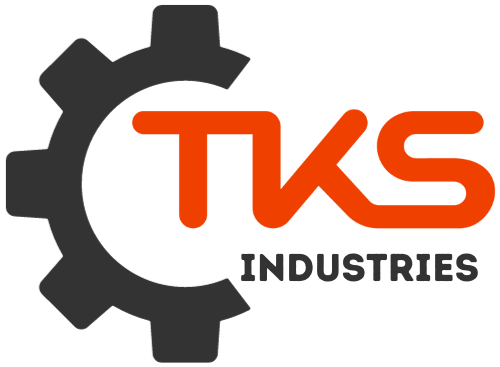[ad_1]
The Ultimate Guide to Machine Building: A Step-by-Step Approach
Machine building is a challenging yet rewarding process that requires a combination of technical skills, creativity, and patience. Whether you’re an experienced engineer or a curious maker, building a machine can be a thrilling adventure that opens up new possibilities and expands your capabilities. In this ultimate guide, we’ll take you on a step-by-step journey through the machine building process, covering the essential concepts, tools, and techniques you need to get started.
Part 1: Planning and Design
Before you begin building your machine, you need to plan and design it. This is where the magic happens, as you bring your ideas to life and create a virtual prototype. Here are the key steps to follow:
- Define your goal: What do you want to achieve with your machine? What problem does it solve? What function does it perform?
- Research and analyze: Study existing machines and technologies related to your goal. Identify the strengths and weaknesses of each and determine the best approach for your machine.
- Brainstorm and sketch: Freely brainstorm ideas and create rough sketches of your machine. This will help you visualize the components, motion, and functionality.
- Create a block diagram: Break down your machine into its constituent parts and create a block diagram. This will help you organize your thoughts and create a clear visual representation of your design.
- Design for manufacturability: Consider the cost, complexity, and durability of your machine. Aim for a design that balances functionality with manufacturability.
Part 2: Materials and Tools
With your design in place, it’s time to gather the necessary materials and tools. Here are the essentials you’ll need to get started:
- Materials: Depending on your machine’s design and function, you may need a variety of materials such as metals, plastics, woods, or composites.
- Mechanical components: Gaskets, bearings, gears, belts, and other moving parts will help your machine perform its intended function.
- Electronics: If your machine relies on electronics, you’ll need components such as Arduino boards, motors, and sensors.
- Fasteners and adhesives: Screws, bolts, nuts, and adhesives will be used to assemble and join your machine’s components.
- Power and energy: Depending on the machine’s power requirements, you may need batteries, motors, or other sources of energy.
Part 3: Assembly and Construction
With your materials and tools in hand, it’s time to build your machine. Here’s a step-by-step guide to help you assemble and construct your machine:
- Prepare your workspace: Clear a dedicated workspace, ensuring it’s clean and free from distractions.
- Assemble the skeleton: Begin by assembling the machine’s frame or skeleton, using the materials and fasteners you’ve collected.
- Install moving parts: Add any moving parts, such as gears, belts, or bearings, to the skeleton.
- Wire and connect: Connect your machine’s electronic components, such as motors, sensors, and Arduino boards, using wires and connectors.
- Add decorative and functional elements: Attach any decorative or functional elements, such as buttons, levers, or casings, to your machine.
Part 4: Testing and Debugging
Once your machine is assembled, it’s time to test and debug its performance. Here are some essential tips to keep in mind:
- Test individual components: Ensure each component is functioning correctly before moving on to the next step.
- Test the machine as a whole: Run your machine through its intended motions, testing its performance and efficiency.
- Troubleshoot and debug: Identify and fix any errors or issues that arise during testing.
- Make adjustments and fine-tune: Refine your machine’s performance by making adjustments and fine-tuning its mechanisms.
Conclusion
Machine building is a complex process that requires patience, attention to detail, and dedication. By following this ultimate guide, you’ll have the skills and knowledge needed to design, build, and test your own machine. Remember to plan carefully, choose the right materials and tools, and test and debug your machine thoroughly to ensure it performs as expected. With practice and perseverance, you’ll be creating innovative machines that solve real-world problems and bring excitement to your life. Happy building!
[ad_2]
